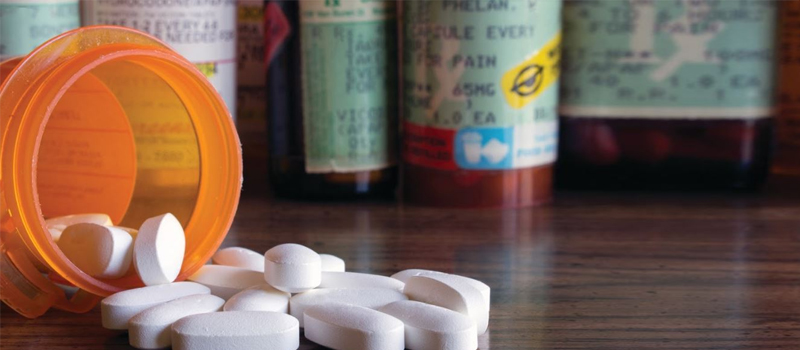As someone who lives with chronic pain, you know how challenging it can be to get out of bed in the morning knowing you will be dealing with discomfort all day long. Fortunately, your physician recently prescribed a medication which seems to be giving you some blessed relief from your pain. While you are pleased to get a well-deserved break from the discomfort, you know you have to be very careful about when and how you take the medicine — as well as how to store it.
With that in mind, check out the following do’s and don’ts for taking prescription medication for chronic pain:
Do: Follow your doctor’s orders regarding doses
After taking the medication for a few days, you might be enjoying your pain-free life so much, you may be tempted to skip the next dose. But as WebMD notes, pain is much easier to control when it is mild, so in many cases, this means taking the medicine on a regular schedule — even when you are feeling good. Stick to your doctor’s advice on when to take the medication; it should also be printed out on the label. If you have any questions about the dose or feel you could take a lower amount, call your physician first.
Do: Review your health insurance coverage
Now that you have a medication that is finally helping to control your pain, the last thing you want is to discover your health insurance does not cover it. Review your existing plan and coverage and gather health insurance quotes from a number of companies including a reputable provider to be sure you will not experience any type of financial hardship due to your new prescription.
Don’t: Assume you can store it with your other medicines
When you pick up the medication at the pharmacy, please double check the best ways to store and take the drug. Also take the time to read through the labels and inserts that will be included with the medication — they will also offer advice on when and how to take it, and if it can be stored in the medicine cabinet or if it should be kept in the fridge. If you take additional medications and/or vitamin supplements or herbal remedies, ask your doctor or pharmacist if you can take everything at once — you might be surprised to learn that the new drug should be taken by itself with a meal.
Don’t: Ignore side effects
If you start to experience side effects that you feel are from the new medication, do not blow them off or decide that you’ll get used to them. Give your doctor a call and describe what you are experiencing; he or she can either reassure you that the symptoms are not concerning, or that it might be better to stop the drug and try a different one. The same goes for any withdrawal symptoms you might notice between doses; if the medication is an opiate and you are concerned about possible addiction, address your concerns with your physician and ask for advice on what to watch for.
Here’s to a pain-free life!
You have been in pain for long enough, and you definitely deserve a life filled with comfortable days free of discomfort. By following the aforementioned tips and being very careful about how and when you take your new medication — as well as making sure it will not put a major dent in your budget — you should continue to enjoy many pain-free days.

